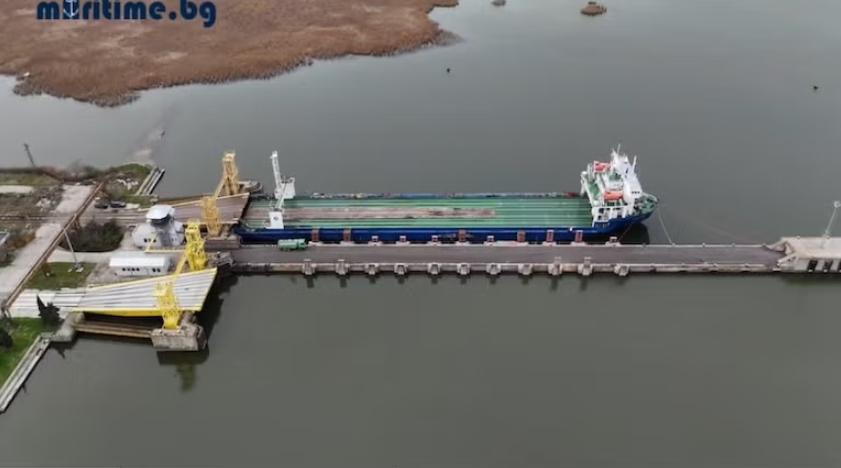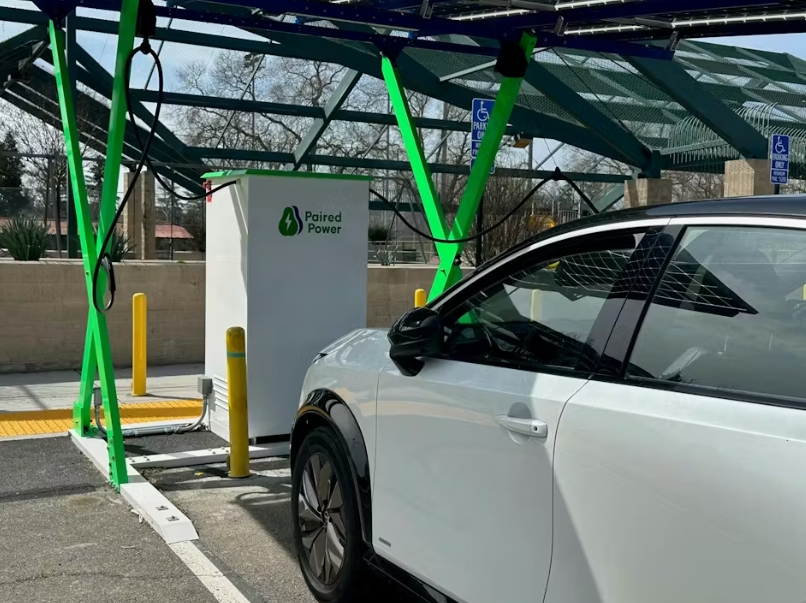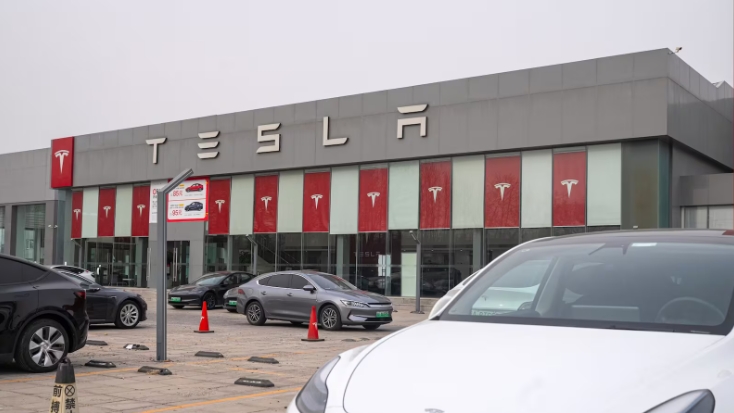
In early 2024, the agreement between Kozloduy NPP and TVEL, the fuel division of Russia’s Rosatom, was terminated ahead of its original 2025 expiration. Later in 2024, during routine maintenance, the plant’s fifth reactor was loaded with fuel supplied by the US-based Westinghouse. The Russian fuel already at the site will now be kept as a backup reserve.
Kozloduy NPP currently runs two VVER-1000 reactors, Units 5 and 6, built during the Soviet era. These units generate approximately 34% of Bulgaria’s electricity. Previously, Bulgaria shut down four older VVER-440 reactors as a requirement for joining the European Union, despite extensive safety improvements made to those units. Units 5 and 6, originally slated for decommissioning in 2027 and 2029, have been refurbished and upgraded through life extension programs, allowing them to operate for 60 years instead of the initial 30. Unit 5 began supplying power in 1987, followed by Unit 6 in 1991.
The delivery marks the end of a long-standing fuel supply arrangement with Russia, as Kozloduy transitions to alternative sources. The Westinghouse fuel now powers Unit 5, while the stored Russian fuel ensures operational flexibility. The plant’s management has focused on maintaining a reliable energy supply, with the two active reactors playing a key role in meeting national demand.
The shift in fuel suppliers reflects Bulgaria’s efforts to diversify its energy resources while extending the lifespan of its nuclear infrastructure. The Kozloduy facility remains a vital part of the country’s energy system, balancing domestic consumption with operational upgrades. No changes to electricity output or export plans have been reported as a result of this transition.
Plant officials have emphasized the importance of the reserve fuel in maintaining stability. A spokesperson noted: “The Russian fuel already delivered will now serve as a reserve.” This stockpile provides a buffer as the plant adapts to the new fuel type during scheduled operations.
The Kozloduy NPP continues to operate smoothly, with Units 5 and 6 benefiting from modernization efforts. The life extension programs ensure these reactors can support Bulgaria’s energy needs well beyond their original timelines, contributing to a steady power supply. The final Russian shipment closes one chapter, while the integration of Westinghouse fuel opens another, aligning with broader energy strategies in the region.







